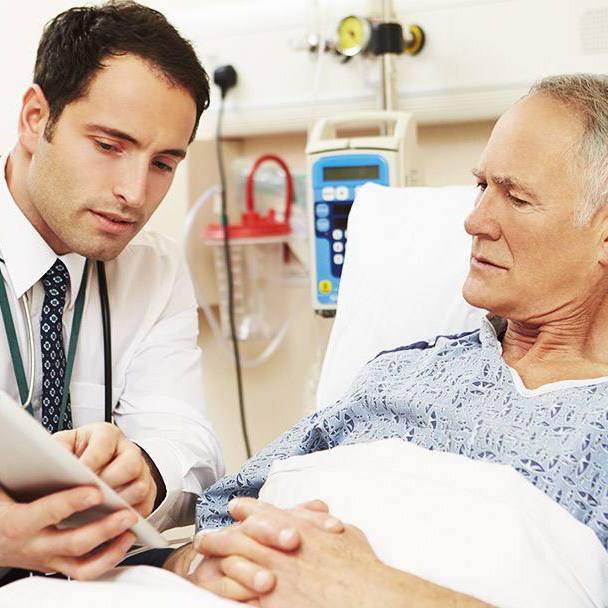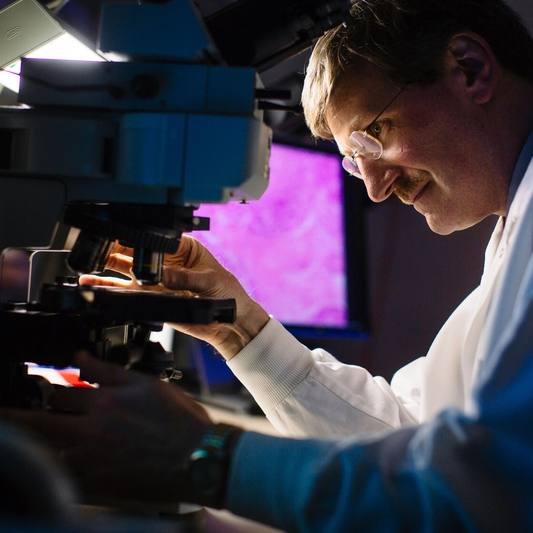-
Minnesota
Medical Marijuana Not the Answer for Teens with Chronic Pain, Mayo Clinic Doctors Say
ROCHESTER, Minn. — Adolescents can have chronic pain, just like adults. It can interfere with normal development, making it difficult for teens to attend school, socialize or be physically active, the cause may be hard to find, and medications are sometimes tried without success. As patients, their parents and physicians search for solutions, there is one increasingly available option they should avoid, Mayo Clinic researchers say: medical marijuana.
MULTIMEDIA ALERT: Audio and video of Dr. Bostwick is available for download from the Mayo Clinic News Network.
Their commentary appears in the July issue of the medical journal Mayo Clinic Proceedings.
There are few studies on the risks and benefits of marijuana use to treat chronic pain in adults, and even less data on the pros and cons of using it to ease chronic pain in adolescents, the researchers say. They recommend that physicians screen teen chronic pain patients for marijuana use. While medical marijuana may help some specific conditions, its adverse effects, even with short-term use, can include fatigue, impaired concentration and slower reaction times, they say.
"The consequences may be very, very severe, particularly for adolescents who may get rid of their pain — or not — at the expense of the rest of their life," says co-author J. Michael Bostwick, M.D., a Mayo Clinic psychiatrist.
The researchers describe the cases of three high school-age patients at Mayo Clinic's pediatric chronic pain clinic who said they used marijuana regularly. Pain worsened for all three despite their marijuana use. None attended school full time; they reported impaired functioning and difficulty becoming more socially active.
Excessive doses of marijuana may induce symptoms that many chronic pain patients already experience, including dizziness, anxiety, sedation, fatigue, decreased reflexes, confusion, difficulty concentrating and a lack of motivation, the researchers note. Marijuana use before age 16 has been linked to earlier development of psychosis in susceptible patients; smoking marijuana more than once a week has been connected to persistent cognitive damage in adolescents, the authors say. An estimated 1 in 10 marijuana users becomes addicted, and people under 25 are more susceptible to that, Dr. Bostwick says.
"If you're a pain patient, and you're using this drug or others, narcotics as well, one of the side effects is to be out of it, and out of it when the goal of a pain rehab program is actually to get you into it," Dr. Bostwick says. "The whole point is function restoration, not further functional decline."
More study is needed to get better handle on what percentage of adolescents are using marijuana as part of their chronic pain regimen before they come to a pain rehab program, and what effect it has on function, Dr. Bostwick says.
The researchers recommend that, in addition to screening adolescent chronic pain patients for marijuana use, care teams focus on helping to improve their ability to function despite ongoing pain. Patients identified as marijuana users should be offered alternative treatments, such as biofeedback, acupuncture and physical therapy, and educated about the risks of marijuana use, the authors say.
"If you will not work on your life until your pain is gone, then you're probably going to be stuck for a very long time, because the kinds of chronic pain that show up in pain clinics tend to not ever completely go away," Dr. Bostwick says. "They tend to be managed. People have to learn to get on with their lives even despite the pain."







